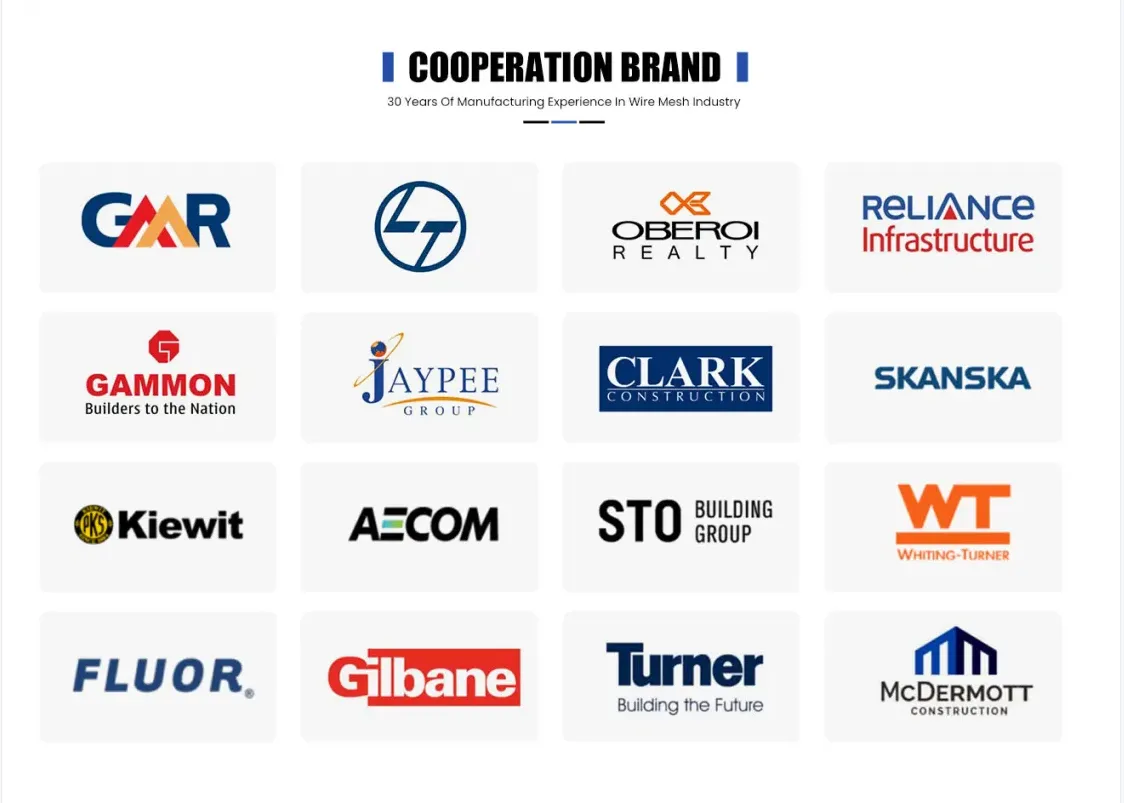Understanding Temporary Fence Prices Factors and Considerations
When it comes to managing a construction site, event, or any area that requires security and safety, temporary fences play a crucial role. They provide a barrier that helps to keep both people and property safe, preventing unauthorized access and delineating boundaries. However, one of the critical aspects to consider when planning for temporary fencing is the price. Understanding the various factors that influence temporary fence prices can help you make an informed decision that aligns with your budget and needs.
Key Factors Influencing Temporary Fence Prices
1. Type of Temporary Fencing There are various types of temporary fences available in the market, each designed for specific purposes. Chain link fences, for instance, are commonly used for construction sites and offer a durable and secure option. On the other hand, plastic or mesh barricades might be utilized for events or crowd control. The type you choose will significantly impact the overall cost.
2. Height and Length The dimensions of the temporary fence are another crucial factor. Standard heights usually range from 4 to 8 feet, and the lengths can be customized based on your specific requirements. Generally, taller and longer fences will result in a higher price due to the increased materials and labor involved.
3. Rental vs. Purchase Temporary fences can be rented or purchased outright. Renting is often a more cost-effective solution for short-term projects or events, as it usually includes installation, removal, and maintenance. Purchasing, while a larger upfront investment, may be more economical in the long run for ongoing projects needing repeated use.
temporary fence price

4. Installation and Setup Costs The complexity of the setup can also impact pricing. Some fencing systems can be easily installed with minimal tools and expertise, while others may require professional installation, which can increase labor costs. If you're opting for a rental, inquire if installation services are included in the quoted price.
5. Location and Site Conditions Prices can vary by region and geographical location. Urban areas, for example, might have higher costs due to increased demand and logistics involved in transporting equipment. Additionally, site conditions—such as uneven terrain or the need for extra reinforcements—can impact installation and ultimately affect pricing.
6. Supplemental Accessories Depending on your needs, you might want additional accessories like gates, privacy slats, or barricade covers. These features can enhance security and aesthetics but will also add to your overall costs.
7. Duration of Use The length of time you need the fence will also factor into the price. Most rental companies offer discounts for longer rental periods, so if you need the fence for an extended duration, it may be worth exploring these options.
Conclusion
Navigating the landscape of temporary fence prices requires careful consideration of several factors, including the type of fencing, dimensions, rental versus purchase options, installation requirements, location, and additional features. Conducting thorough research, comparing quotes from different suppliers, and understanding your specific needs will help you find the best value. Temporary fencing is an essential investment for ensuring safety and security, and getting it right can provide peace of mind for your project, event, or site. Whether you're looking to rent or buy, always seek a reputable supplier who can provide quality products and services tailored to your requirements.
-
Comprehensive Guide to Steel Grating Price and Its Global Impact
NewsNov.24,2025
-
Understanding Heavy Duty Steel Grating Price: Global Insights & Industry Trends
NewsNov.23,2025
-
Essential Guide to Wire Mesh Grating: Uses, Benefits & Innovations
NewsNov.23,2025
-
Welded Steel Bar Grating: Durable Solutions for Industrial Walkways & Infrastructure
NewsNov.22,2025
-
Wedge Wire Drain Solutions: Durable, Efficient Water Filtration and Drainage
NewsNov.22,2025
-
Comprehensive Guide to Twisted Bar Grating – Uses, Benefits & Future Trends
NewsNov.22,2025
Subscribe now!
Stay up to date with the latest on Fry Steeland industry news.

